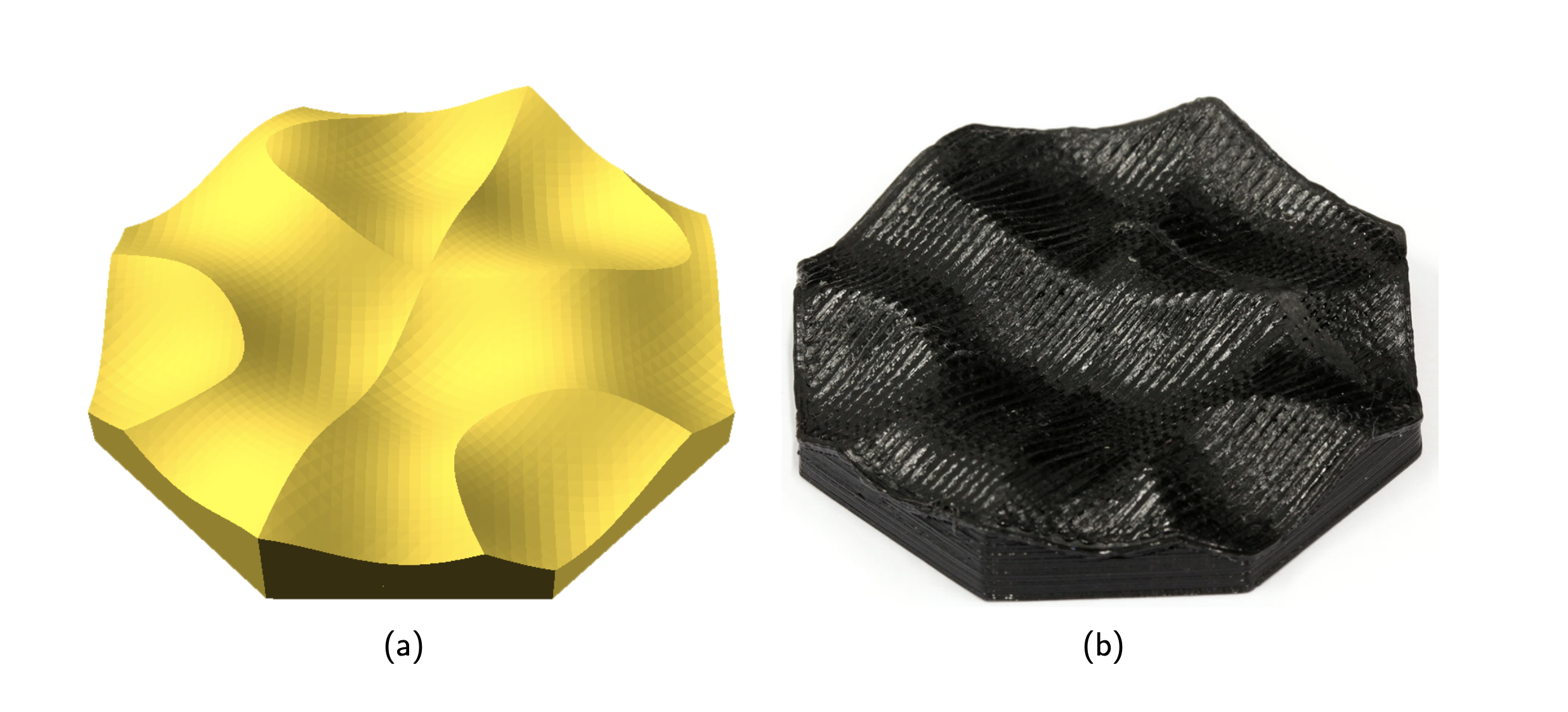Now i admit straight from the off that i know next to virtually nothing about 3D printers. But having looked into resin casting i was also looking at the world of 3D printing too.
I know what types of surface finish you can get with resin but what about 3D printers? Can they do a smooth finish or are they useless for this? How small can you go with the detail level?
I know what types of surface finish you can get with resin but what about 3D printers? Can they do a smooth finish or are they useless for this? How small can you go with the detail level?



Comment